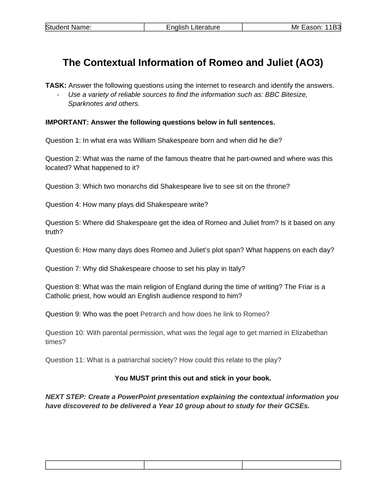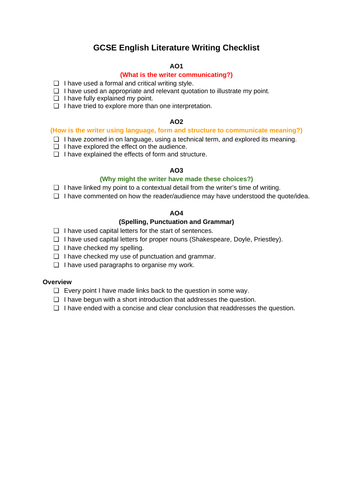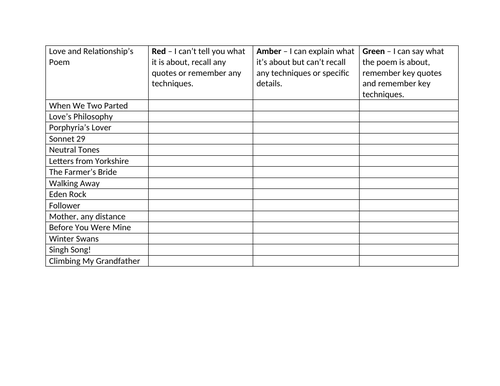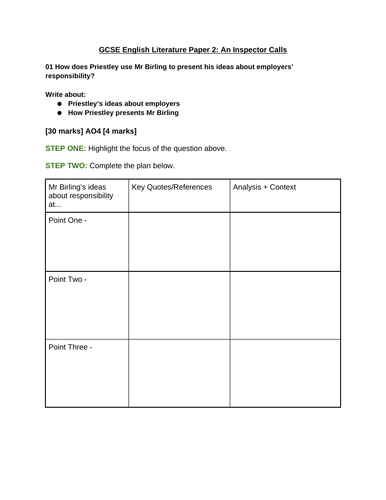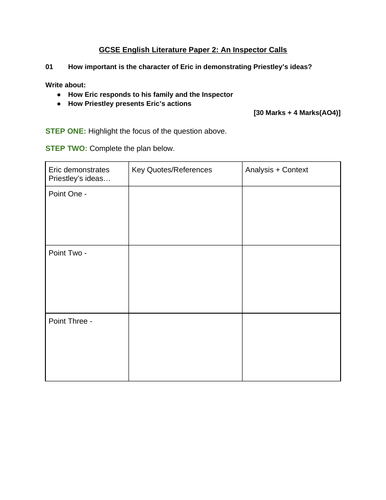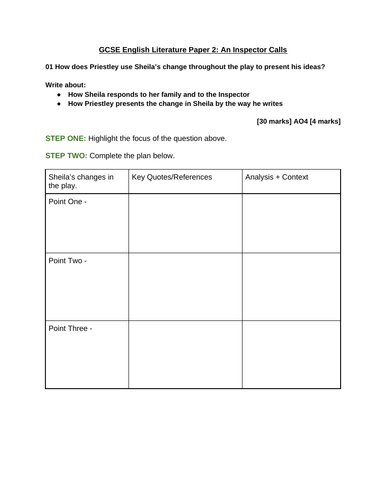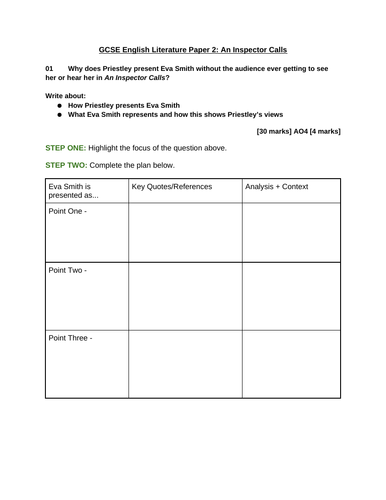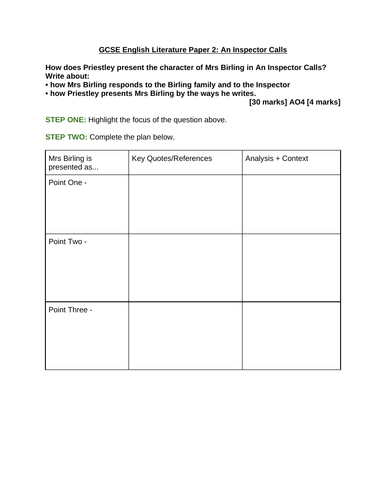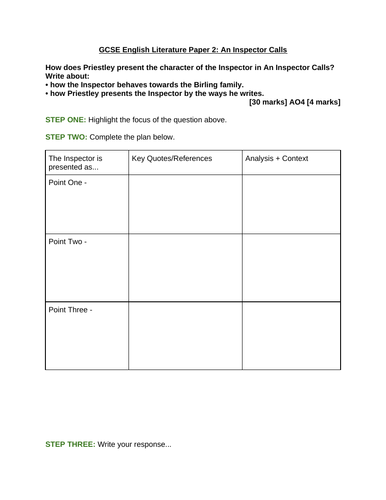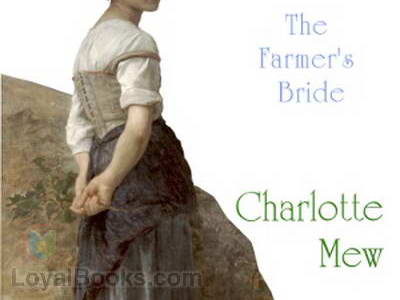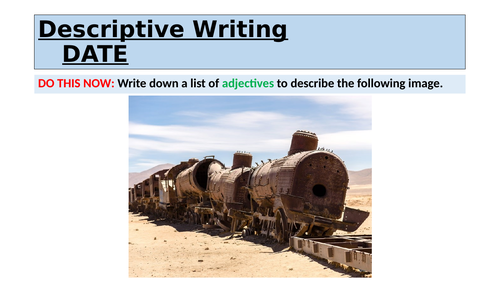The English Resource Cavern
A collection of resources I have created whilst working as a secondary school teacher in English and Media. As a teacher, efficiency, engagement and simplicity are my strengths and these are reflected in my resources. Hopefully, these will save you time, engage your students quickly and they are always very self-explanatory requiring minimal teacher input.


